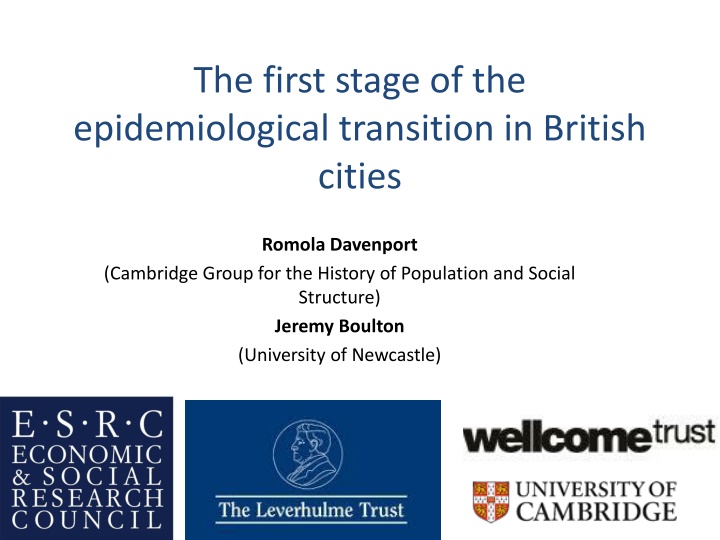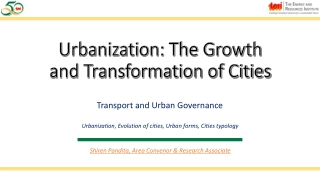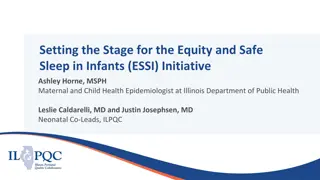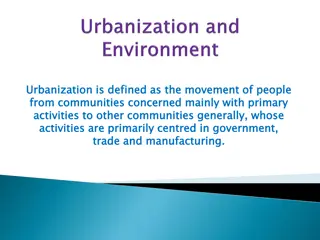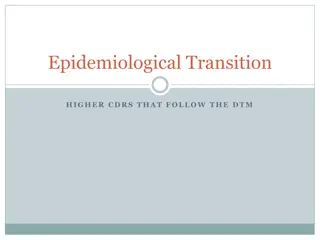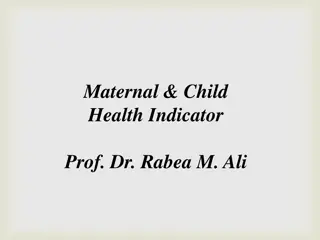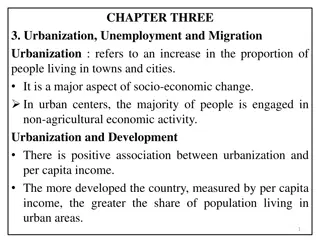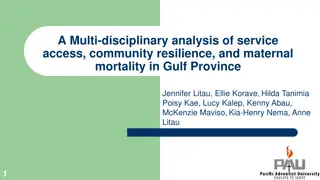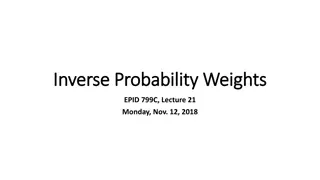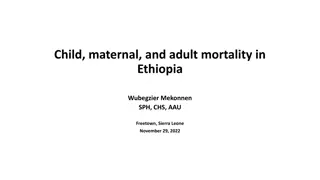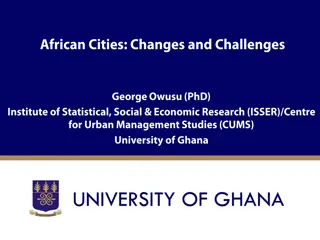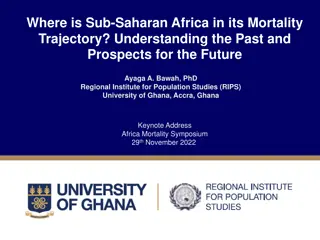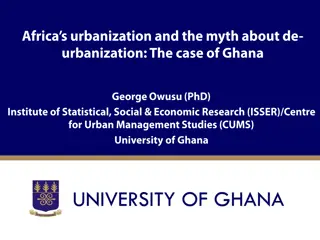Epidemiological Transition in British Cities: Urbanization and Mortality Trends
This study explores the epidemiological transition in British cities, focusing on urbanization, mortality trends, and vital registration issues in Manchester from 1750-1837. It delves into the impact of rapid urbanization on population density, age distribution, and gender balance, shedding light on the challenges and changes during this period.
Download Presentation

Please find below an Image/Link to download the presentation.
The content on the website is provided AS IS for your information and personal use only. It may not be sold, licensed, or shared on other websites without obtaining consent from the author.If you encounter any issues during the download, it is possible that the publisher has removed the file from their server.
You are allowed to download the files provided on this website for personal or commercial use, subject to the condition that they are used lawfully. All files are the property of their respective owners.
The content on the website is provided AS IS for your information and personal use only. It may not be sold, licensed, or shared on other websites without obtaining consent from the author.
E N D
Presentation Transcript
The first stage of the epidemiological transition in British cities Romola Davenport (Cambridge Group for the History of Population and Social Structure) Jeremy Boulton (University of Newcastle) http://www.surrey.ac.uk/sites/default/files/ESRC-Logo.jpg Wellcome Trust
Urbanisation accelerated in England from the mid- eighteenth century Percentage of population living in towns of 10,000+
Rapid urbanisation was accompanied by a dramatic and probably necessary fall in mortality Infant mortality (deaths in the first year of life per thousand births) family reconstitution evidence civil registration evidence dark age of urban demography
Manchester exemplifies many of the problems of vital registration in the period 1750-1837 Bills of Mortality, Manchester
Manchester grew most rapidly in the last quarter of the eighteenth century
Manchester Population density peaked in the late eighteenth century St. Martin in the Fields Population density and built-up areas of Manchester township
Manchester in 1794 http://2.bp.blogspot.com/-TTTyJvfyvj0/US8vq3L6vHI/AAAAAAAAQ-E/Mk1vwlRG3gI/s400/Green+1794.jpg
Manchesters population became younger, and more sex-balanced in the late eighteenth century 1774 80 70 60 male female 50 40 30 20 10 0 -10 -5 0 5 10 80 1841 70 60 50 40 30 20 10 0 -10 -5 0 5 10 Percentage of population
The migrant hinterland of Manchester was smaller and epidemiologically integrated
Smallpox was a much more significant cause of death in Manchester than London vaccination introduced
Smallpox circulated as least as rapidly in Manchester as London
Summer peaks in infant deaths suggest a shift to early weaning Mortality in first six months of life
Conclusions Infant mortality was probably substantially lower in Manchester than London in the second half of the eighteenth century (despite crowding and high smallpox rates) higher prevalence of maternal breastfeeding? Economic changes in the late eighteenth century may have been associated with a decline in breastfeeding (and worsening infant mortality) Infant mortality probably fell after 1800 with vaccination but may have risen again with rising population size and density (measles and scarlet fever) The impact of these changes in Manchester s population size and density was probably greatest on young children (ages 1-4).
